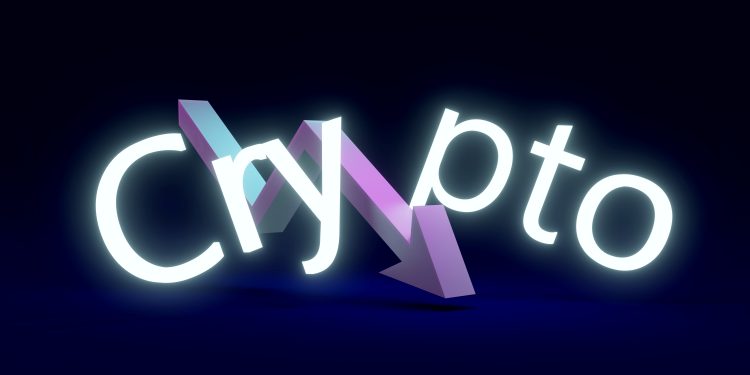This article indicates Mark Zuckerberg is investigating the sale of Diem assets. Given the failure of Diem to develop its solution with any transparency, and with a healthy disregard for engaging regulators, this isn’t surprising.
It is unknown if the technology was developed in a sufficiently generalized way so that it can be profitably repurposed. Diem was constructing the technology to be operated under a complex organizational structure of multiple partners which may have added complexity to the architecture, software, and security:
“Diem said in May that an affiliate of the firm, Silvergate Bank, was to be the issuer of the Diem USD stablecoin, a type of cryptocurrency pegged to the U.S. dollar that’s typically used to buy and sell other crypto. After a lengthy back-and-forth between the Diem advocates and regulators, Fed officials finally told Silvergate last summer that the agency was uneasy with the plan and couldn’t assure the bank that it would allow that activity, the people said.
Without a green light from the bank’s regulator, Silvergate was left unable to issue the new asset with confidence the Fed wouldn’t crack down, and so the Diem effort had no coin.
A Fed spokesman declined to comment on the agency’s talks with the Diem advocates. The Diem Association declined to comment. Meta didn’t immediately respond to a request for comment.
It’s unclear how a potential buyer would value Diem’s intellectual property, or the engineers that helped develop it. Discussions are early, the people cautioned, and there’s no guarantee Diem will find a buyer.
Meta owns about a third of the venture and the rest of it is owned members of the association, according to one of the people. Association members, which include venture capital firms and technology companies, agreed to invest and pay to join when the group was formed, the person added. It’s unclear which firms, besides Meta, ended up investing in the initiative.
Diem’s website shows that its partners include venture capital firms such as Andreessen Horowitz, Union Square Ventures, Ribbit Capital, and Thrive Capital as well as Singapore state-owned investor Temasek Holdings Pte. Its website also lists crypto-focused companies like Coinbase Global Inc., and others such as ride-hailing company Uber Technologies Inc. and commerce platform Shopify Inc.
In November, the federal watchdogs finally made it clearer what they were after. Stablecoin issuers should be regulated banks if the tokens are to be used as a means of buying and selling things, the President’s Working Group on Financial Markets said in a report. The group of regulators said they feared what might happen if a vast network of a tech company’s users suddenly began transacting in a new currency, and that combining a stablecoin issuer with a big corporation ‘could lead to an excessive concentration of economic power.’”
Overview by Tim Sloane, VP, Payments Innovation at Mercator Advisory Group











